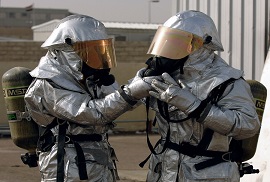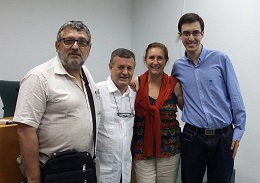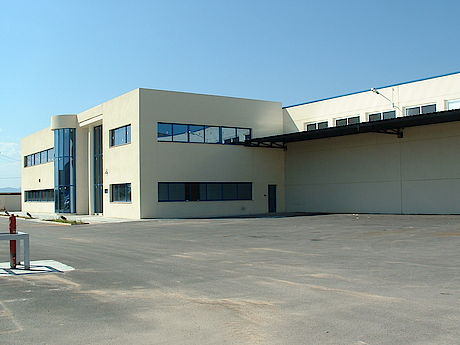
Asbestos removal shall be carried out complying the current regulations and only by authorised staff in order to avoid a greater exposure of workers and the environments to its risks.
4 july 2016
Since the use and trade of materials composed of fibre cement was prohibited in 2001 a progressive removal of asbestos around the country has started to be carried out. The risks for health derived from being in contact with the product have fostered the treatment, prevention and removal of asbestos in places where it is considered as a threat for citizens.
Only authorised companies are allowed to remove asbestos
The processes to remove asbestos require following a series of steps and recommendations in order for it not to affect workers’ health or to pollute the environment. Only authorised companies are allowed to carry out such tasks, so it is necessary to count with these professionals if asbestos is found in private homes.
Companies allowed to carry out asbestos removal are registered in the RERA (Record of Companies with Asbestos Risk). Only this companies can operate with such materials after demonstrating that they count with the necessary training and competence to develop these tasks.
The action plan followed by fibre cement materials removal workers varies depending on the material’s characteristics or the state they are in. The removal process shall be performed with the appropriate prevention measures as there is risk of them liberating fibres or dust.
-
Lower risk of exposure: in some cases, the removal of material plaques with asbestos do not require an environmental isolation and can be carried out with the appropriate protection equipment.
-
Greater risk of exposure: in other cases, it is necessary to settle contention bubbles to avoid a possible pollution of the environment.
Substitution with alternative fibres
During the last decade, and as a consequence of the rise in asbestos removal in private houses, industries and other facilities, new alternative materials have been developed in order to substitute such products.
An alternative material to asbestos shall bring an important improvement in several aspects
A report by the INSHT (National Institute for Working Security and Hygiene) warns that substitution is not always the best option if we take into account the risks arisen from the asbestos removal procedure and from the installation of new materials. For each case, the benefits of removing these dangerous products have to be considered and the impact of the alternative materials has to be analysed.
These fibre materials can be classified into three varieties with different functions and characteristics which determine a better application.
- Artificial mineral fibres (AMF).
- Synthetic materials: organic synthetic fibres found in coal or steel fibres.
- Natural organic fibres.
Exposure to alternative fibres also holds risks for people’s health, but they are supposed to be less dangerous than that of asbestos. An example is Artificial mineral fibres (AMF), which have “not shown fibrogenic or carcinogenic effects on the respirable fraction”, stated the INSHT report. Still, they also state that there are still many other aspects to be researched and reliably determine to stablish their influence on cancer; in fact, the International Agency for Research on Cancer (IARC) classifies all manufactured fibres as “possibly carcinogenic for humans”.










